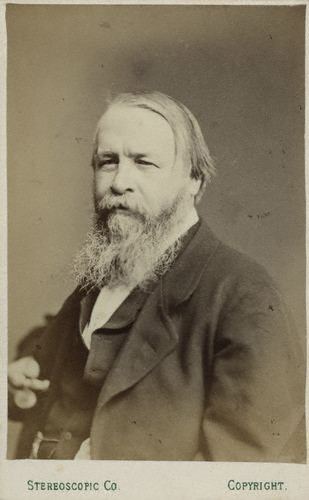Number of members two | ||
 | ||
Cambridge University was a university constituency electing two members to the British House of Commons, from 1603 to 1950.
Contents
- Boundaries Electorate and Election Systems
- History
- Members of Parliament
- 1603 to 1660
- 1784 to 1950
- Elections in the 1720s
- Elections in the 1730s
- Elections in the 1740s
- Elections in the 1750s
- Elections in the 1760s
- Elections in the 1770s
- Elections in the 1780s
- Elections in the 1790s
- Elections in the 1800s
- Elections in the 1810s
- Elections in the 1820s
- Elections in the 1830s
- Elections in the 1840s
- Elections in the 1850s
- Elections in the 1860s
- Elections in the 1880s
- Elections 19181950
- Elections in the 1920s
- Elections in the 1930s
- References
Boundaries, Electorate and Election Systems
This university constituency was created by a Royal Charter of 1603. It was abolished in 1950 by the Representation of the People Act 1948.
The constituency was not a geographical area. Its electorate consisted of the graduates of the University. Before 1918 the franchise was restricted to male graduates with a Doctorate or MA degree. Sedgwick records that there were 377 electors in 1727. For the 1754–1790 period Namier and Brooke estimated the electorate at about 500.
The constituency returned two Members of Parliament. Before 1918 they were elected using the block vote. From 1918, the MPs were elected by the Single Transferable Vote method.
History
In the early 18th century the electors were mostly Tory. However the Whig ministers of King George I were able to persuade the King to use the royal prerogative power to confer doctorates, so from 1727 the University returned Whig representatives. Oxford University, where the King did not have the same prerogative power, remained safely Tory (indeed often Jacobite) in sympathies.
The leading mid-18th century Whig politician, the Duke of Newcastle, was Chancellor of the University from 1748–68. He "recommended" suitable candidates to represent the institution in Parliament. This practice continued under his successor, another Whig Duke and Prime Minister (1768–1770), the Duke of Grafton (Chancellor 1768–1811). However Grafton was less prominent as a politician than Newcastle had been and less attentive to the University. As a result, some of Grafton's choices were criticised, notably that of the Duke's friend Richard Croftes.
Croftes was atypical of a University MP: he was neither the son of a peer (like the Hon. John Townshend, the Marquess of Granby and Grafton's own son the Earl of Euston), a distinguished lawyer-politician (such as William de Grey, James Mansfield and Sir Vicary Gibbs) nor a prominent political figure (like William Pitt and Lord Henry Petty).
In the late 18th and early 19th centuries Pittite/Tory candidates began to be elected. At the start of this political development some of the Pittite MPs, like William Pitt himself (MP for the University 1784–1806), called themselves Whigs. As time passed the division between the 19th century Tory and Whig parties became clearer.
The future Prime Minister, Viscount Palmerston, retained his seat as a Whig after he left the Tory ranks. However, by 1831 he was defeated. After Palmerston ceased to represent the University he was elected by a territorial constituency. From then until the 1920s all the University MPs were Tory/Conservative.
Even after the introduction of the single transferable vote in 1918, most Cambridge University MPs continued to be Conservatives.
Members of Parliament
This is a list of people who have been elected to represent this University in the Parliament of the United Kingdom.
1603 to 1660
1784 to 1950
Notes:-
Elections in the 1720s
Elections in the 1730s
Elections in the 1740s
Elections in the 1750s
Elections in the 1760s
Elections in the 1770s
Elections in the 1780s
Elections in the 1790s
Elections in the 1800s
Elections in the 1810s
Elections in the 1820s
Elections in the 1830s
Elections in the 1840s
Elections in the 1850s
Elections in the 1860s
Elections in the 1880s
Elections 1918–1950
General Elections, from 1918 when most constituencies polled on the same day, were on different polling days than for territorial constituencies. The polls for university constituencies were open for five days. The elections were also conducted by Single Transferable Vote.
